Conducts masterworks and discoveries
Geoffrey Simon has made nineteen orchestral recordings for Cala Records, with the London Symphony, London Philharmonic, Philharmonia, English Chamber and Melbourne Symphony Orchestras.
The programming has been designed to appeal to both general music lovers and dedicated collectors.
-

-
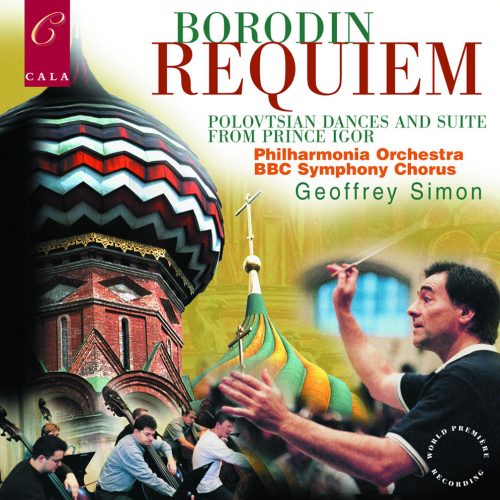 Together with familiar music from Prince Igor, this CD features the world premiere recording of the unusual Requiem, (which is based on "Chopsticks"), and Glazunov's orchestration of the charming Petite Suite.
Together with familiar music from Prince Igor, this CD features the world premiere recording of the unusual Requiem, (which is based on "Chopsticks"), and Glazunov's orchestration of the charming Petite Suite. -
 Schoenberg's no-holds-barred orchestration of Brahms' Piano Quartet in G minor gets occasional concert hall outings, but less well-known is Berio's version of the Clarinet Sonata Op.120 no.1, on this world premiere recording played by the outstanding Canadian soloist James Campbell.
Schoenberg's no-holds-barred orchestration of Brahms' Piano Quartet in G minor gets occasional concert hall outings, but less well-known is Berio's version of the Clarinet Sonata Op.120 no.1, on this world premiere recording played by the outstanding Canadian soloist James Campbell. -
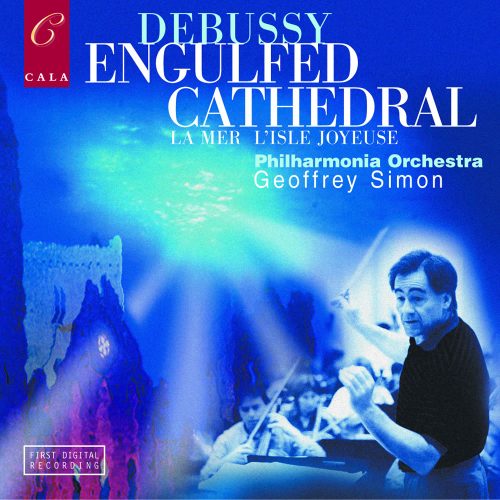
Engulfed Cathedral
Philharmonia Orchestra
Code: SIGCD2092
-
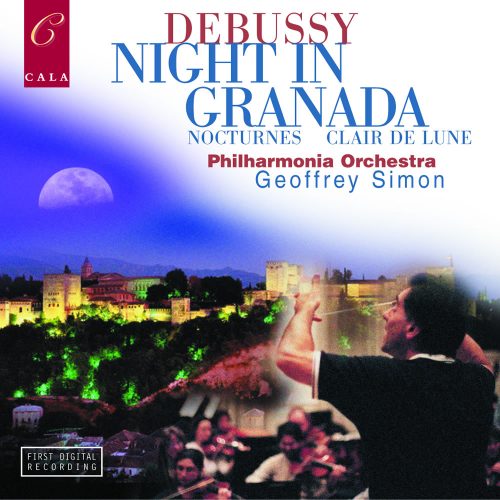 Evening in Granada Philharmonia Orchestra Code: SIGCD2093
Evening in Granada Philharmonia Orchestra Code: SIGCD2093 -
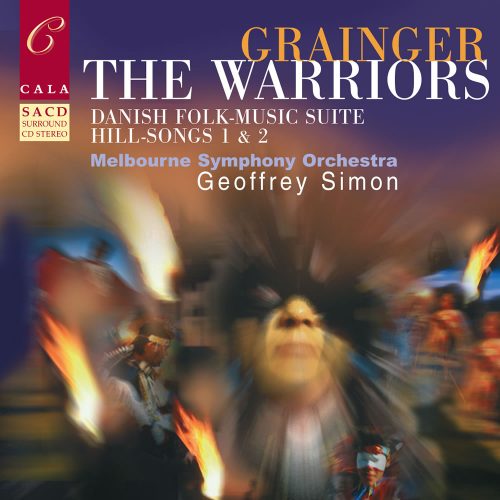 Percy Grainger was one of the great "originals" of 20th century music. Australian-born, he studied with his mother while a boy and later went to Germany where his career as a virtuoso pianist began. As a composer he was largely self-taught and strongly influenced by the folk music of Great Britain and Ireland, Many of his "miniatures"-such titles as Country Gardens, Handel in the Strand and Molly on the Shore-established his composing credentials very early on. But Grainger was also an inveterate innovator and experimenter in music, and the kaleidoscopic aspects of his compositional creativity-evident in highly imaginative works often with unprecedented rhythms, harmonies and scoring-are fully represented in the programme heard on this recording. The music was digitally recorded with the Melbourne Symphony Orchestra in February 1989, at the acoustically excellent South Melbourne Town Hall. The album was originally released in Australia by ABC Classics and elsewhere by Koch International.
Percy Grainger was one of the great "originals" of 20th century music. Australian-born, he studied with his mother while a boy and later went to Germany where his career as a virtuoso pianist began. As a composer he was largely self-taught and strongly influenced by the folk music of Great Britain and Ireland, Many of his "miniatures"-such titles as Country Gardens, Handel in the Strand and Molly on the Shore-established his composing credentials very early on. But Grainger was also an inveterate innovator and experimenter in music, and the kaleidoscopic aspects of his compositional creativity-evident in highly imaginative works often with unprecedented rhythms, harmonies and scoring-are fully represented in the programme heard on this recording. The music was digitally recorded with the Melbourne Symphony Orchestra in February 1989, at the acoustically excellent South Melbourne Town Hall. The album was originally released in Australia by ABC Classics and elsewhere by Koch International. -
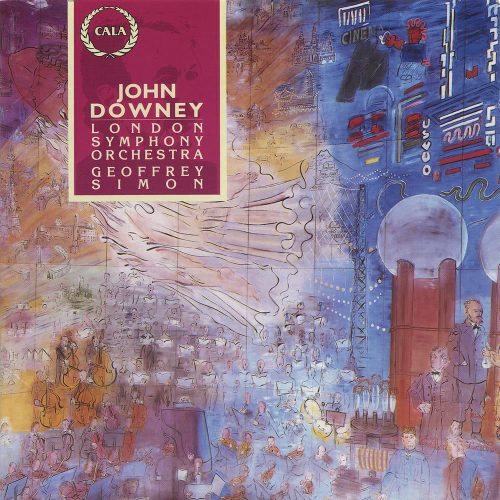
-

Pictures at an Exhibition
Philharmonia Orchestra
Code: SIGCD2095
-
Out of stock
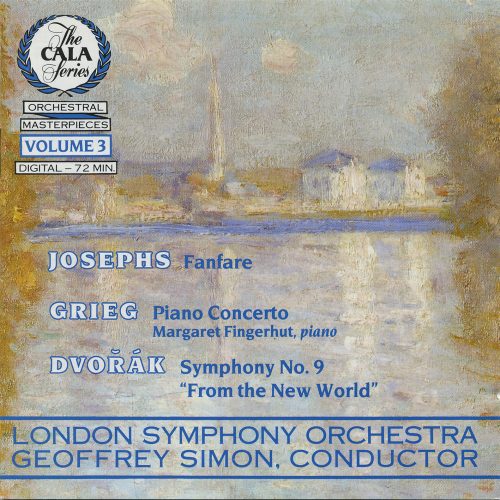
-
Out of stock
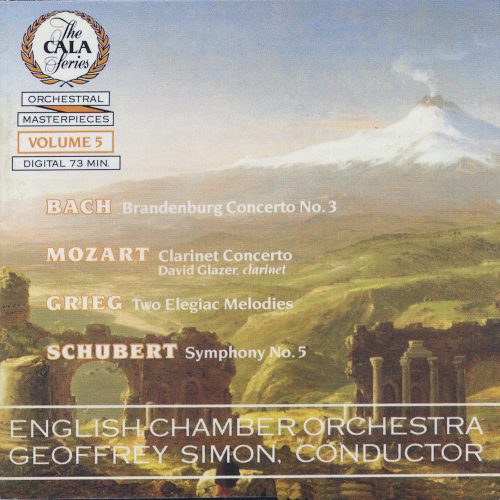
-
Out of stock
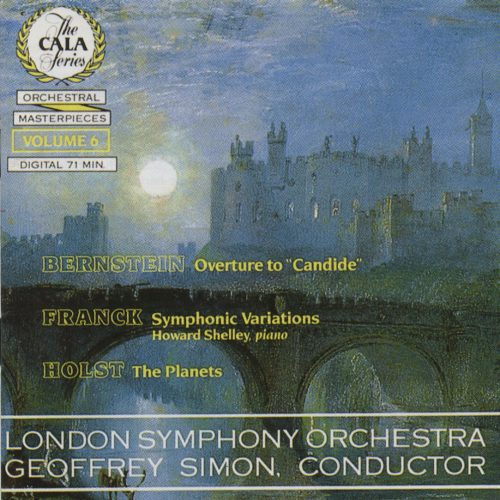
-
 Ravel grew up in Paris during la belle epoque, the thirty-odd years prior to 1914 when Paris was the unquestioned artistic centre of the world. The fin de siecle years saw him enter the Paris Conservatoire. He was an immensely gifted youth, and one by one his early compositions began to show a real mastery of conception and execution-before the 1800s were out, he had produced such assured works as Habenera, Menuet antique, several fine songs, and Pavane pour une infante defunte.
Ravel grew up in Paris during la belle epoque, the thirty-odd years prior to 1914 when Paris was the unquestioned artistic centre of the world. The fin de siecle years saw him enter the Paris Conservatoire. He was an immensely gifted youth, and one by one his early compositions began to show a real mastery of conception and execution-before the 1800s were out, he had produced such assured works as Habenera, Menuet antique, several fine songs, and Pavane pour une infante defunte. -
 Ravel's status as one of the most popular composers of all time rests to a large extent on the phenomenal success of Bolero (Cala Records-CACDS4027). Yet there is much more to this endlessly intriguing man's work than the "seventeen minutes of orchestral tissue without music": childhood fantasy, Spain, the Orient, American jazz, the theater, clockwork toys and all the things mechanical, preoccupied Maurice Ravel throughout his life, and echoes of each can be found in all corners of his music.
Ravel's status as one of the most popular composers of all time rests to a large extent on the phenomenal success of Bolero (Cala Records-CACDS4027). Yet there is much more to this endlessly intriguing man's work than the "seventeen minutes of orchestral tissue without music": childhood fantasy, Spain, the Orient, American jazz, the theater, clockwork toys and all the things mechanical, preoccupied Maurice Ravel throughout his life, and echoes of each can be found in all corners of his music. -
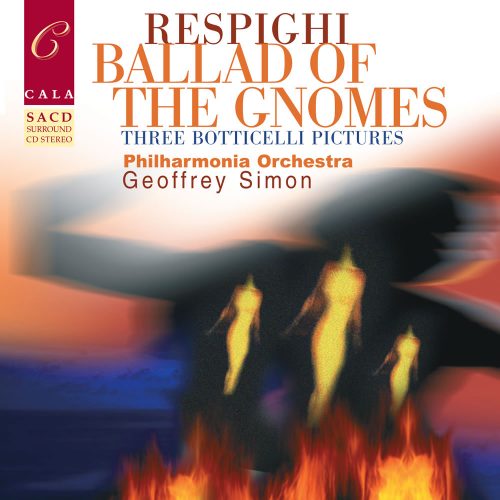 When in 1913 Respighi settled in Rome where he would reside for the rest of his life, he would produce a large amount of highly varied music-some of it now well-known, much of it less so. Geoffrey Simon's championship of the little-known works of celebrated composers has proved highly successful on both record and in the concert hall, and his exploration of Respighi's catalogue has yielded a number of colourful compositions whose neglect hitherto remains something of a mystery. The works recorded here cover a wide range of moods, from the opulence and excitement for which Respighi was noted in his famous Roman Trilogy, to more reflective pieces inspired by nostalgia for the music of the past.
When in 1913 Respighi settled in Rome where he would reside for the rest of his life, he would produce a large amount of highly varied music-some of it now well-known, much of it less so. Geoffrey Simon's championship of the little-known works of celebrated composers has proved highly successful on both record and in the concert hall, and his exploration of Respighi's catalogue has yielded a number of colourful compositions whose neglect hitherto remains something of a mystery. The works recorded here cover a wide range of moods, from the opulence and excitement for which Respighi was noted in his famous Roman Trilogy, to more reflective pieces inspired by nostalgia for the music of the past. -
 Africa and other works London Philharmonic Orchestra Code: SIGCD2162
Africa and other works London Philharmonic Orchestra Code: SIGCD2162 -
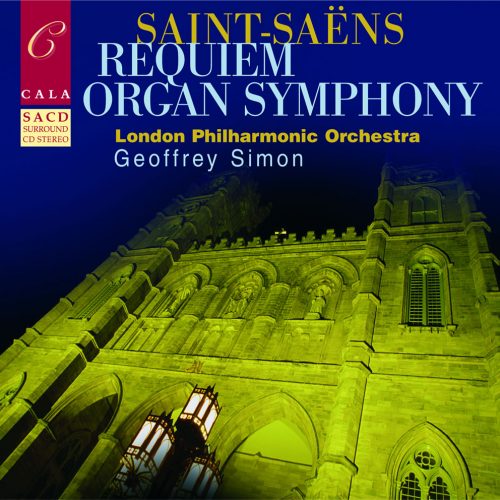 The Messe de Requiem occupies a special place in Saint-Saëns's religious works. Composed in only eight days, it does not follow the dramatic treatments of Berlioz or Verdi but is more allied to Fauré's devotional style. Indeed it became almost premonitional, as his two children died within weeks of the premiere in Switzerland. In constast to the pain contained in the Requiem is the overt joy of the hugely popular Organ Symphony, in which Saint-Saëns "gave all that he had to give" to produce one of the landmarks of the Romantic symphonic genre.
The Messe de Requiem occupies a special place in Saint-Saëns's religious works. Composed in only eight days, it does not follow the dramatic treatments of Berlioz or Verdi but is more allied to Fauré's devotional style. Indeed it became almost premonitional, as his two children died within weeks of the premiere in Switzerland. In constast to the pain contained in the Requiem is the overt joy of the hugely popular Organ Symphony, in which Saint-Saëns "gave all that he had to give" to produce one of the landmarks of the Romantic symphonic genre.